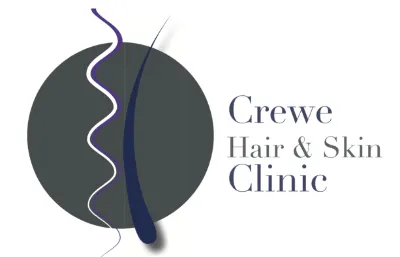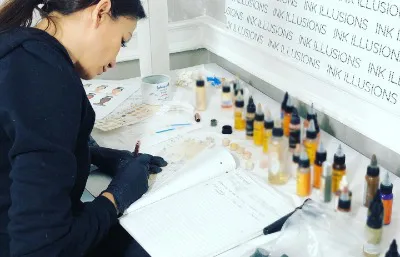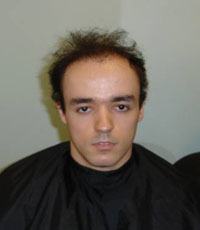The history of baldness cures that don’t involve some form of surgery can be summed up rather succinctly. From prehistory to the late 1980s, nothing worked. All baldness cures were figuratively and often literally snake oil.
Then came Minoxidil (marketed in the UK as Regaine®) followed quickly by Finasteride (marketed in the UK as Propecia®); see the hair loss drugs section. These products can prevent hair loss and in some cases, grow new hair.
Genes are behind most of the bald and thinning heads out there, male and female. You can inherit baldness from your mother or your father. Baldness is not passed only through the mother's side, a quick look at the countless number of bald fathers and sons will nullify this myth.
There are now a wide range of products, from laser hair loss therapy to custom hair replacement systems available on the market, which claim to provide a solution to every type of hair loss problem, from the early stages of thinning, through to advanced or total hair loss.
Traditionally wigs and hair pieces were all that was available cosmetically to recreate the hair we once had. New technology has produced superior hair systems (also known as non-surgical hair replacement, hair bonding or hair integration). Modern day advancements in products along with the technical skills of an experienced specialist are essential and the benefits include being able to sleep, shower, swim and carry on with your life as if you had your own hair.
For women with hair loss who need full coverage, or who suffer hair loss due to medical treatment (chemotherapy etc.), there are very light, thin, comfortable alternatives to heavy outdated wigs available nowadays, with the option of a semi-permanent attachment. These come with an invisible natural lace front hair line, a super ultra thin base with 100% European human hair attached. It is also possible to wear styles back off the face and up into a ponytail so that the finished style looks undetectable as anything but your own hair!
If you are considering a non-surgical hair replacement system the following information will give you a basic understanding of the procedure. It can't answer all your questions, since a lot depends on the individual patient and the practitioner. Please ask a practitioner about anything you don't understand.




.jpg)

















.png)









